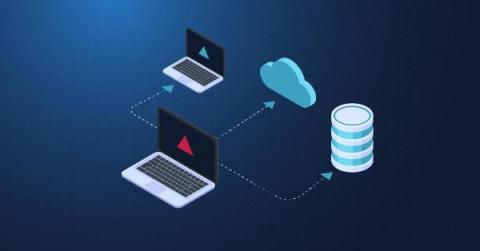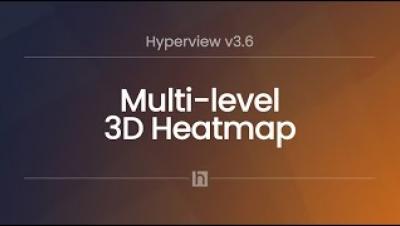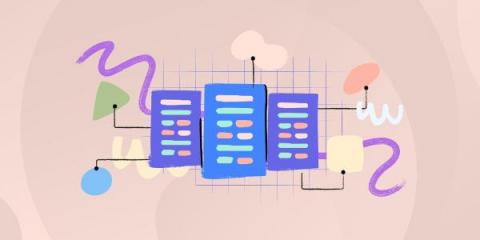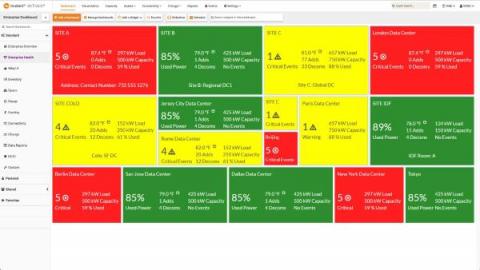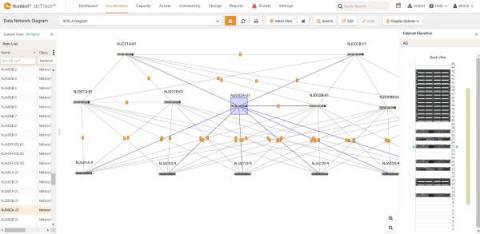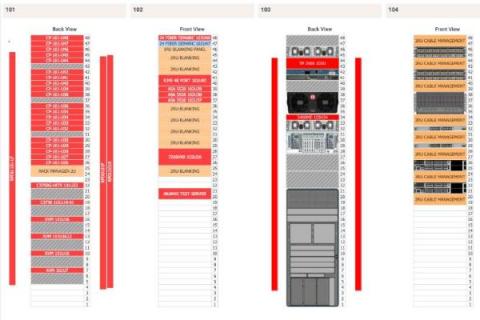Cloud vs Data Center: Overview for Businesses
The debate of cloud vs data center looms large for businesses when determining how to best store data. In past years, the trend has leaned more toward the growth of remote solutions using the cloud. Yet, data centers are still relevant. Gartner states that spending on data center infrastructure is expected to grow 6% by the end of 2021. Cloud storage and data centers both possess unique features that allow you to achieve your organization’s data goals.


